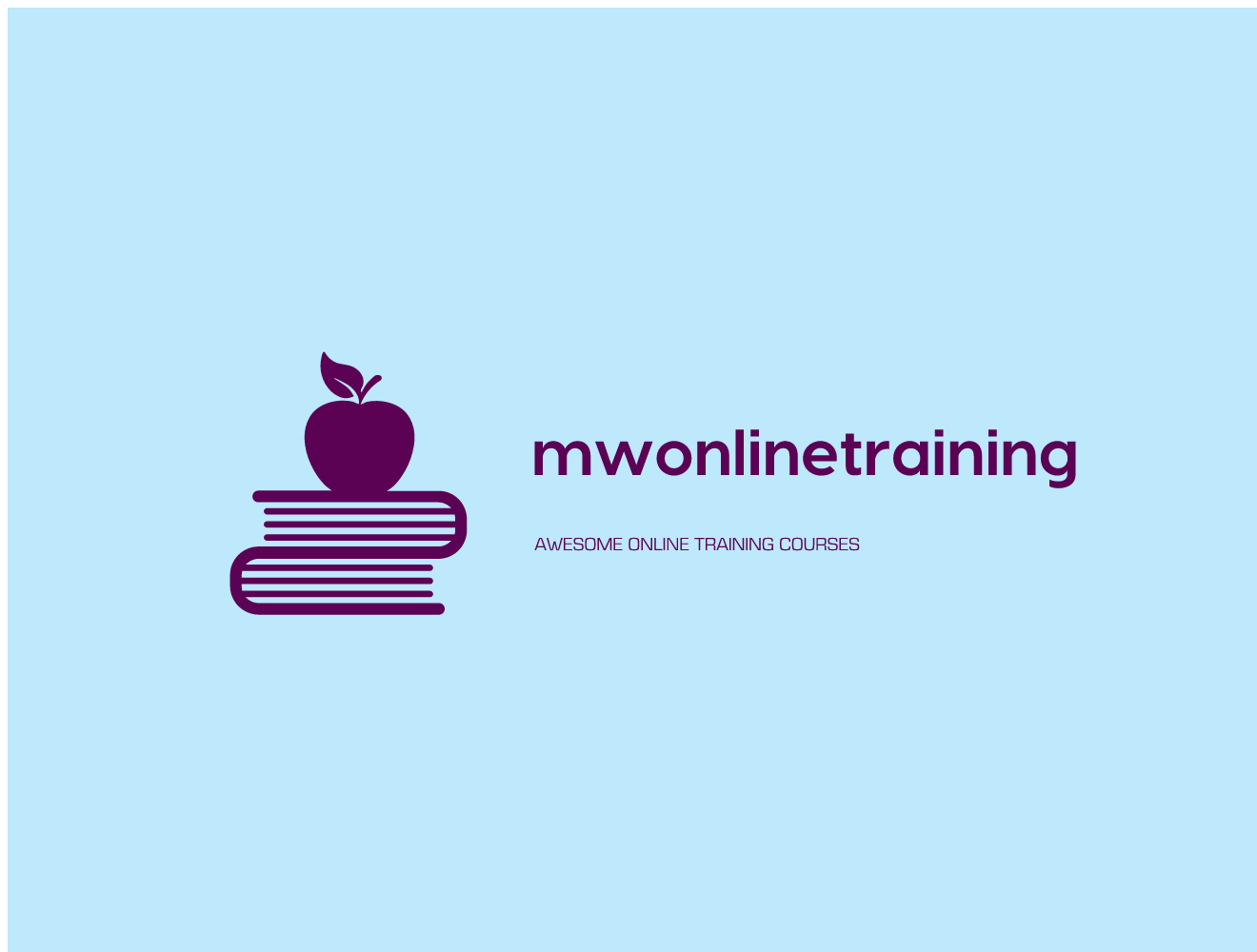Understanding the differences between self-harm habits among different age groups is essential to providing the right assistance and intervention. In this post, we will examine the signs and symptoms of self-harm in kids, teens, and adults and talk about the value of age-appropriate therapies.
1. Children: In younger children, self-harm may manifest as less severe behaviours like pulling hair, scratching, or head banging. These behaviours are frequently written off as attention-seeking or tantrums. It is crucial to understand that these actions could be a sign of underlying mental discomfort, and that early intervention can stop the problem from getting worse as the kid becomes older. Building emotional control abilities and encouraging open communication within the family should be the main goals of kid interventions.
2. Adolescents: Adolescents are the group with the highest rates of self-harm, which typically peak during adolescence. Self-harm activities at this level may include cutting, burning, or other more extreme self-injury techniques. Teenagers may self-harm as a coping mechanism for strong emotions, peer pressure, or sentiments of self-hatred. Treatments for this age range ought to address the underlying emotional problems, impart constructive coping mechanisms, and offer peer support.
3. Adults: While self-harm frequently starts in youth, many people continue to practise these behaviours as they get older. Adults who self-harm may have used it for a long time to cope with stress, emotional suffering, or unresolved trauma. Adult interventions should concentrate on locating and resolving the underlying causes of self-harm, creating fresh coping mechanisms, and strengthening support systems.
The significance of developing age-specific therapies that cater to the various requirements and developmental phases of each age group is essential because self-harm behaviours differ across age groups. For those who struggle with self-harm, age-specific treatments can make sure that the assistance is both pertinent and efficient, ultimately leading to improved outcomes.
1. Customized assistance: Age-specific interventions enable mental health practitioners to adapt their support to the developmental stage of the individual, ensuring that the intervention is in line with the person's cognitive, emotional, and social abilities.
2. Early intervention: Early intervention can help prevent the escalation of self-harm and its associated dangers, such as infection, scarring, or life-threatening injuries, by identifying and addressing self-harm behaviours in younger age groups.
3. Integrated care: Age-specific interventions make sure that people receive integrated care that considers the intricacies of self-harm behaviours across the lifespan, resulting in more efficient treatment and support.
In conclusion, it is critical to comprehend self-harm in various age groups in order to provide interventions and support that are focused and successful. Mental health practitioners can create age-specific interventions that address the needs and developmental phases of each individual by recognising the differences in self-harm behaviours and their underlying reasons across various age groups. This specialised approach makes prevention, treatment, and support more efficient, thereby improving the wellbeing of persons who struggle with self-harming behaviours.
